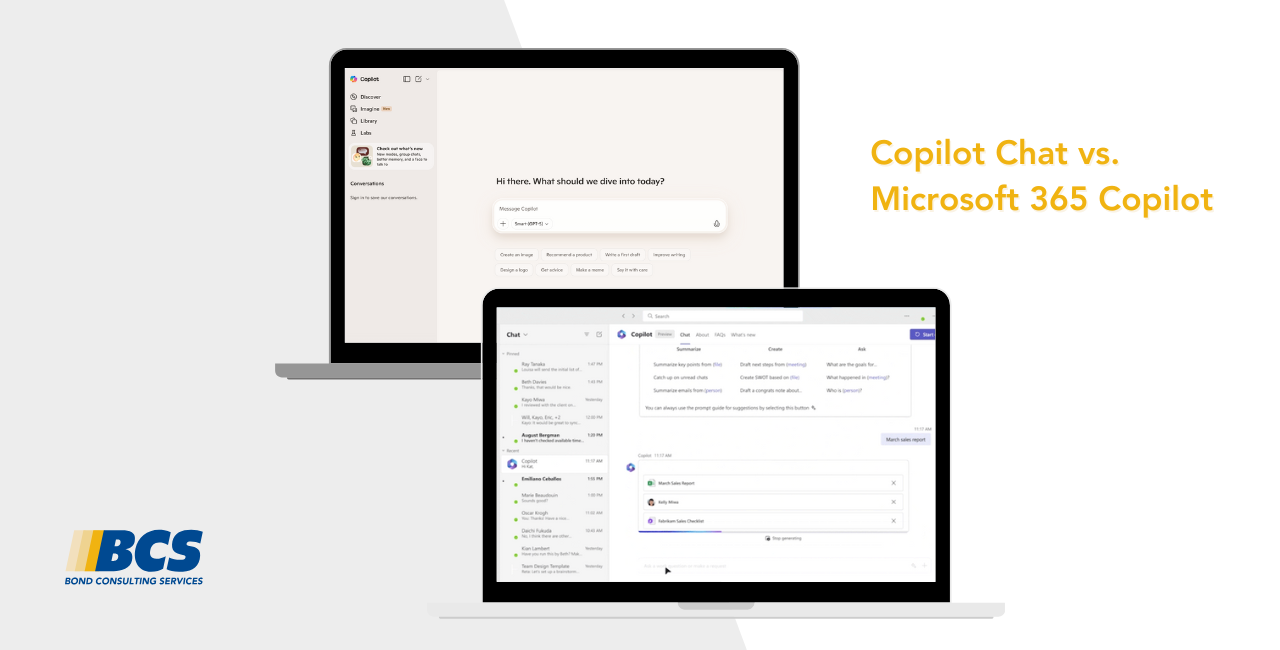Dimensions in Microsoft Dynamics 365 Business Central are powerful tools that allow you to categorize and analyze your financial data in a flexible and meaningful way. By using dimensions, you can track and report on various aspects of your business, such as departments, projects, or regions, without having to create a complex chart of accounts. By following this guide, you’ll be able to effectively set up and utilize dimensions in Business Central, enhancing your ability to track and analyze your business performance.
Setting Up a New Dimension in Business Central
- Select the
icon, enter Dimensions and choose the option in red below.
- In the Dimensions page, click on “+New” option
- Enter a Code and a Name for the new dimension (e.g., Code: DEPT, Name: Department).
- Code – Code for the new dimension (20-character limit)
- Name – Full description of the new dimension (100-character limit)
Once the dimension has been created, you will now need to define its values. Dimension values in Microsoft Dynamics 365 Business Central are specific categories or tags that you assign to transactions and master data to provide additional context and detail. They help you break down and analyze your financial data in more granular ways.
- Select the dimension you just created and click on Dimension > Dimension Values.
- Click “+ New” option to add values.
- You will enter a Code and a Name for each value. (e.g., Sales, Manufacturing, Administration).
- Code – Code for the dimension value (20 character limit)
- Name – Full description of the dimension value (100 character limit)
The information will automatically save, and you will then be able to select among the dimension values in transactions for this dimension.
Setup Global and Shortcut dimensions
Configuring global and shortcut dimensions in Business Central allows you to streamline your reporting and data entry processes. Global dimensions are used as filters in reports and batch jobs, providing a consistent way to categorize and analyze data across your organization. Shortcut dimensions, on the other hand, are available as fields on journal and document lines, making it easy to assign dimensions during transaction entry.
- Select the
icon, enter General Ledger Setup and choose the option in red below.
- In the General Ledger setup, go to the Dimensions section and assign the newly created dimension under the dimension number you would like it to be.
NOTE: If you need to assign them as a global dimension and the existing two are already populated you will need to select Home > Change Global Dimensions. This is a whole system change, so we caution that this is only done if necessary.
Once the dimension has been set up and assigned, it will become available in the data entry pages as needed.
For more information about Dimensions, please reach out to us at Support@BondConsultingServices.com or click here to Contact Us.



















